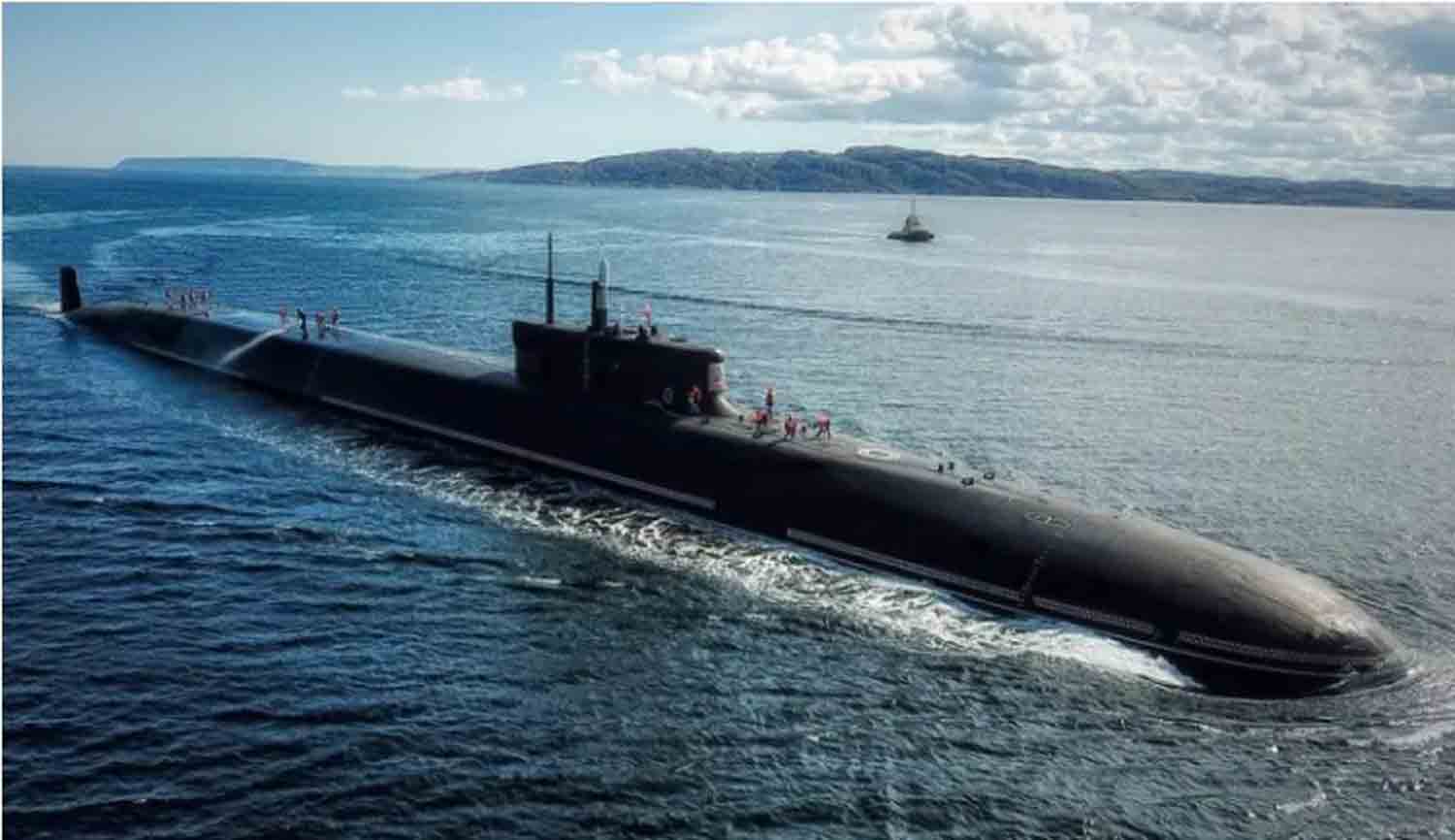As tensions between Moscow and Washington intensified, Russian submarine specialists asserted that the advanced sonar systems installed in their Borei-class nuclear submarines exceed the capabilities of the United States’ nuclear submarines. They claim that the sonar technology on these vessels is nearly “twice as effective” as that of the U.S. and other Western nations.
According to these experts, the Borei-class strategic nuclear submarines are equipped with sonar systems that can detect underwater threats at distances more than 1.5 times greater than those achievable by U.S. nuclear submarines, as reported by the state news agency RIA-Novosti.
This enhanced detection capability is viewed as a crucial advantage for Russian submarines in identifying enemy vessels, particularly in comparison to their primary rival, the United States. The new sonar system, referred to as “Irtysh-Amphora-B-055,” is claimed to outperform the sonar systems of fourth-generation U.S. submarines, including the Ohio and Virginia classes.
The detection range of the “Irtysh-Amphora-B-055” sonar system on Borei-class submarines is reported to be approximately 100 kilometers greater than that of U.S. nuclear submarine sonar systems. Additionally, this sonar technology allows for multifunctional operations, enabling the detection and tracking of at least 30 targets simultaneously.
The system, centered around the primary hydroacoustic antenna known as “Amphora,” incorporates side and towed antennas, utilizing digital signal processing to determine sound direction, detect echoes, and classify various targets.
Beyond its capabilities in detecting and tracking enemy submarines, torpedoes, and missile launchers, the “Irtysh-Amphora-B-055” system plays a vital role in Arctic operations by assessing ice thickness and identifying polynyas—areas of open water surrounded by ice—facilitating the launch of guided missiles or enabling submarines to surface.
Presently, the Russian Navy operates six submarines from Projects 955 and 955A, which include the Yuriy Dolgorukiy, Alexander Nevsky, and Vladimir Monomakh from Project 955, as well as Knyaz Vladimir, Knyaz Oleg, and Generalissimus Suvorov from Project 955A.
For instance, the Borei-class submarine “Vladimir Monomakh” can carry up to 16 Bulava intercontinental ballistic missiles (ICBMs), with a range of 8,000 to 8,800 km. Each Bulava ICBM is designed to carry between six to ten nuclear warheads, allowing for independent targeting of distinct objectives.
Each Borei-class submarine measures 170 meters in length and accommodates a crew of up to 107 members. Its surface displacement is approximately 14,000 tons, while its submerged weight reaches around 24,000 tons.
Discover more from Defence Talks | Defense News Hub, Military Updates, Security Insights
Subscribe to get the latest posts sent to your email.





